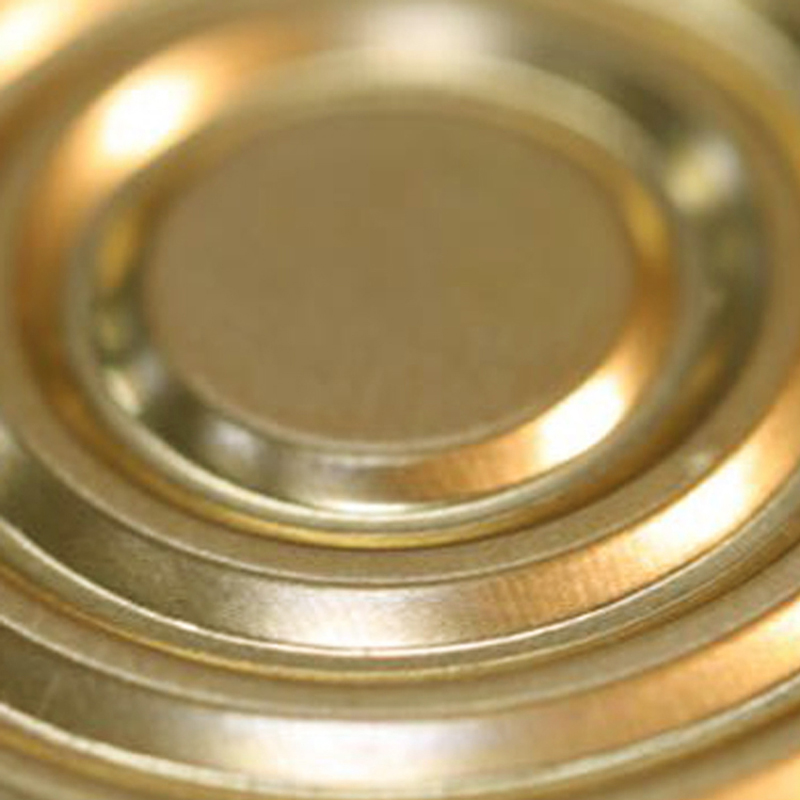
Aug . 20, 2024 19:56 Back to list
Manufacturing Processes for Differential Pressure Gauges in Industrial Settings
Understanding Differential Pressure Gauge Construction in Factories
Differential pressure gauges are essential instruments used in various industrial applications to measure the difference in pressure between two points within a system. This crucial measurement informs operators about system performance, fluid dynamics, and equipment health, playing a vital role in maintaining efficiency and safety within factories. The construction of these gauges is a fascinating subject, combining engineering principles, material science, and operational requirements.
What is a Differential Pressure Gauge?
A differential pressure gauge is designed to compare the pressure of two points—often upstream and downstream of a filter, pump, or other components in a system. The gauge provides a reading in units such as psi, bar, or kPa, and helps operators determine if equipment is functioning properly. A significant change in pressure can indicate blockages, leaks, or other operational issues, thereby prompting timely maintenance and preventing larger failures.
Components and Construction
The construction of a differential pressure gauge consists of several key components
1. Sensing Elements The heart of any pressure gauge lies in its sensing mechanism. Most differential pressure gauges utilize diaphragms, which are flexible membranes that deform under pressure. When pressure is applied, the diaphragm bends, creating a measurable displacement that translates into a differential pressure reading.
2. Casing The casing protects the internal components of the gauge from environmental factors and mechanical damage. Materials such as stainless steel or brass are commonly used for their durability and resistance to corrosion. The design may vary significantly, depending on the intended application and the environmental conditions in which the gauge will operate.
3. Pressure Ports These are the entry points for the fluids whose pressure difference is to be measured. Typically, one port is connected to the higher pressure side and the other to the lower pressure side. The design must ensure that the ports can handle the expected fluid types and pressure ranges without risk of leakage or failure.
differential pressure gauge construction factories

4. Transmission Mechanism The movement of the diaphragm is often translated into a readable measurement using a mechanical link or an electronic sensor. Mechanical gauges may use a needle and scale, while digital gauges incorporate sensors and display technology to provide more precise readings.
5. Calibration and Zero Adjustment Proper calibration is critical for accurate measurements. Differential pressure gauges usually feature a zero adjustment mechanism to counteract any bias or error introduced during manufacturing or installation.
Applications in Factories
Differential pressure gauges find widespread use across various industries, including manufacturing, chemical processing, and wastewater treatment. In a factory setting, they can monitor air filters, verifying that airflow is within acceptable limits and indicating when filters need replacement. Similarly, in liquid systems, these gauges help ensure that pumps operate efficiently, signaling when the pressure differential indicates an issue that could hinder production.
Importance of Quality in Construction
The quality of construction in differential pressure gauges significantly influences their accuracy and reliability. High-quality materials and precise engineering ensure that these gauges withstand the rigors of industrial environments, providing consistent performance over time. Furthermore, regular maintenance and testing are essential to preserving accuracy and functionality, underscoring the importance of investing in quality instrumentation.
Conclusion
In summary, differential pressure gauges are crucial tools in the efficient operation of factories. Their construction, involving sophisticated sensing elements and robust materials, allows for critical monitoring and maintenance of industrial processes. By ensuring that these gauges are accurately constructed and regularly maintained, factories can enhance productivity, ensure safety, and minimize operational downtime, all of which are necessary for maintaining a competitive edge in today’s manufacturing landscape.
-
High-Precision Mass Diaphragm Pressure Gauge - Reliable & Durable Solutions
NewsJun.10,2025
-
Explain Diaphragm Pressure Gauge Expert Guide, Top Manufacturers & Quotes
NewsJun.10,2025
-
Affordable Differential Pressure Gauge Prices in China Top Manufacturers
NewsJun.10,2025
-
Reliable Water Fire Extinguisher Pressure Gauges for Safety
NewsJun.10,2025
-
Durable Diaphragm Protection Pressure Gauges Get Quote
NewsJun.09,2025
-
WIKA Differential Pressure Gauge with Switch Reliable Monitoring & Control
NewsJun.09,2025
